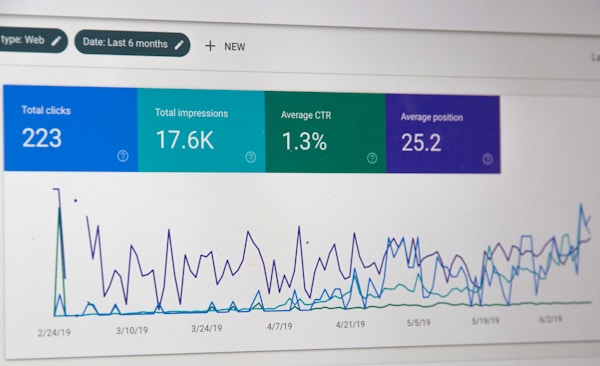Are you curious about your on-page SEO progress? Do you want to know if your efforts are paying off? In this article, we’ll show you how to track your on-page SEO progress. Keep reading to learn more!
What is on-page SEO?

On page SEO is the practice of optimizing individual web pages so that they rank higher and earn more traffic from search engines. On-page factors include the title, meta description, header tags, images, and content of a page. While off-page SEO refers to the external signals that influence a website’s ranking such as links and social media shares, on-page SEO can be controlled by the site owner.
There are many ways that you can optimize on-page SEO for your website. One of the most important things you can do is ensure that your website is correctly indexed by search engines. You can do this by making sure that your website’s robots.txt file is configured correctly and that your website’s XML sitemap is up to date. You can also improve your website’s indexing by adding keywords and descriptions to your images and adding relevant keywords to your website’s title tags and meta descriptions.
Another important factor in on-site SEO is the quality of your website’s content. You should make sure that your website’s content is original, relevant, and engaging. You can also improve the quality of your content by using keyword-rich titles, headings, and subheadings.
In addition to the quality of your content, you should also pay attention to the structure of your website. You should make sure that your website’s pages are correctly linked together and that your website’s navigation is easy to use. You can also improve your website’s search engine rankings by adding internal links to your website’s most important pages.
Finally, you can also optimize on-site SEO by using social media to share your website’s content with a wider audience and build links back to your website. You can also use social media to improve the quality of your website’s backlinks.
How do you track your on-page SEO progress?

The first step in tracking your on-page SEO progress is to set up some goals. What do you want your website to achieve? Do you want more visitors? Do you want to rank higher in search engine results pages? Once you know what you’re aiming for, it will be easier to track whether or not your efforts are succeeding.
There are a number of different ways to monitor your SEO progress, and the tools that you use will depend on the goals that you have set for yourself. One common way to track progress is through web analytics tools like Google Analytics. These tools can help you measure things like website traffic and how users interact with your site. If you’re looking to improve your website’s ranking in SERPs, then you may also want to use a tool like Moz Pro or Ahrefs. These tools can help you measure things like how much organic traffic your site is getting and which keywords are driving traffic to your site.
Once you have decided on the tools that work best for tracking your SEO progress, make sure that you set up tracking codes so that data can be collected automatically. This will save time later when you’re ready to analyze the data that has been collected. It’s also important to regularly review and analyze the data that has been collected so that any necessary changes can be made to continue achieving your desired results.
Overall, tracking your on-page SEO progress is important in order to ensure that your website is performing well and meeting your desired goals. There are many factors that go into an effective SEO strategy, and an audit will help you assess all of them. Your site’s architecture, content, on-page elements, backlinks, and even user experience can be evaluated and optimized. Often, small changes can have a big impact on your site’s search engine visibility.











